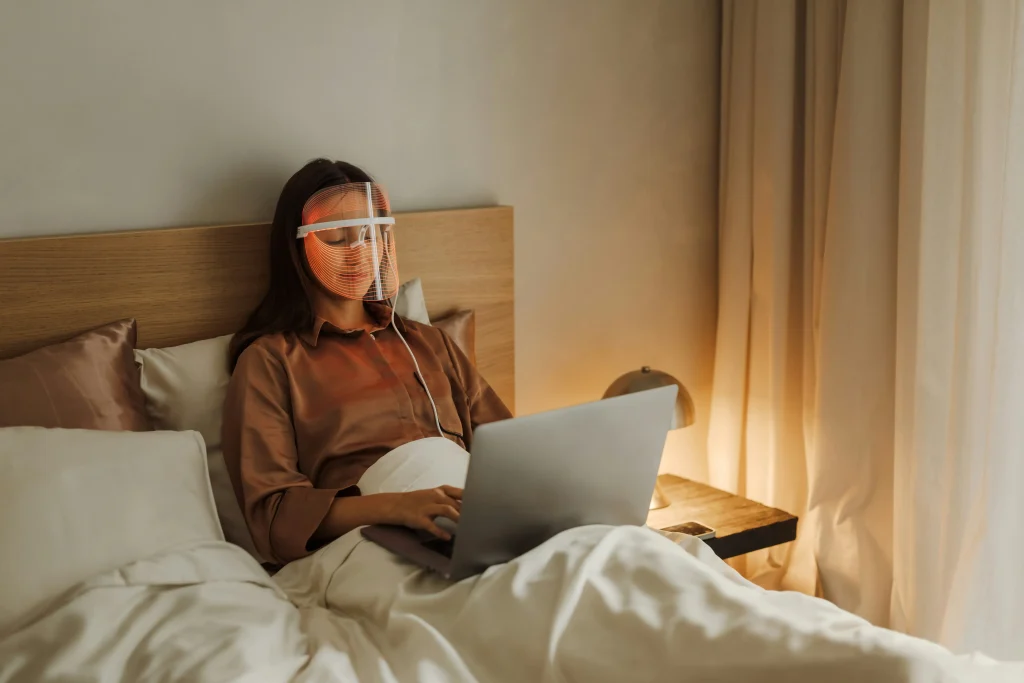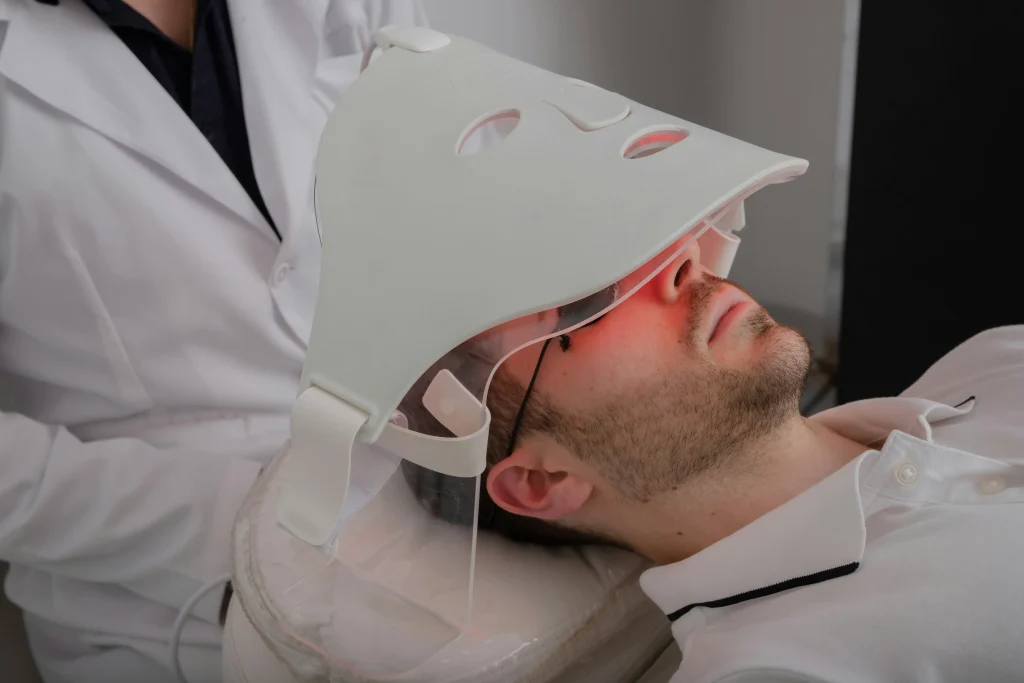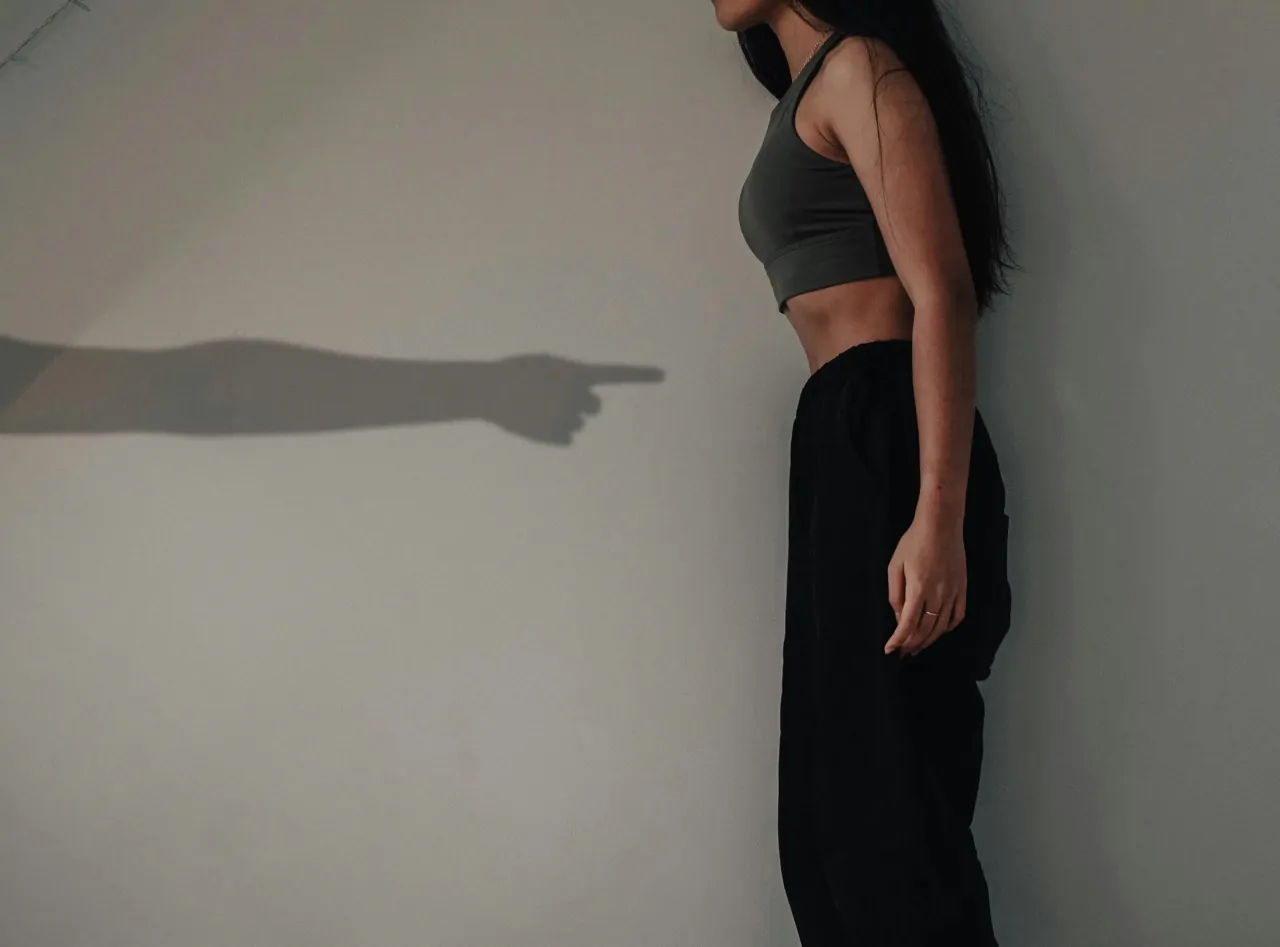Facial masks take different forms. Until recently, only disposable products were available on the market, but the development of modern technology has made it possible to create reusable variants with a wide range of effects. Do LED masks work? These are more expensive, more advanced versions in nothing resembling the drugstore ones, as they amaze in appearance as well as capabilities. Is it a beauty gadget or a new hit in home care? We check whether it’s worth investing in LED masks.
Table of Contents:
- Do LED masks work? A brief definition of the trend
- Do LED masks work at the cellular level? The mechanism of photobiomodulation
- Do LED masks work in practice? What do the different colors mean?
- Do LED masks work at home as well as in the clinic?
- Do LED masks work for everyone? Indications and contraindications
- Do LED masks work with regular use? A 4-week test plan
- Do LED masks work better with complementary cosmetics?
- Do LED masks really work? – summary and recommendations
Do LED masks work? A brief definition of the trend
The beauty industry (cosmetic industry) is going beyond the usual patterns and is increasingly willing to use modern technologies. Until recently, certain equipment and treatments could only be performed in professional offices. Nowadays, much more can be done at home, thanks to innovative solutions. Do LED masks work? Advertised to a large extent, thanks to social media (online platforms), they are nevertheless underestimated and seen only as a gadget. The unusual appearance and range of applications only increase the popularity of this unusual beauty device. However, light therapy in the cosmetic and dermatology industry has existed for a long time, and LED masks have been proven effective by numerous studies. This equipment is a new fashionable trend and at the same time a practical method of phototherapy, which can be carried out independently in the comfort of your home.

Do LED masks work at the cellular level? The mechanism of photobiomodulation
The big plus of LED masks is that they work at the cellular level. Photobiomodulation is a method of phototherapy in which light-emitting diodes affect cells and tissues. Stimulation is created at the molecular level through this improves various biological processes, including unifying skin tone, accelerating regeneration and shallowing wrinkles. This is because there is activation of cellular mitochondrial respiratory pathways, as well as stimulation of fibroblast proliferation, as well as production of extracellular matrix and growth factors, in addition to collagen synthesis. Photobiomodulation is safe and minimally invasive, although some cosmetics and medications may make the skin more sensitive when combined with light.
Do LED masks work in practice? What do the different colors mean?
There are various LED masks available on the market. Home phototherapy with them is based on several shades of light, and each has a completely different application. Different wavelengths and colors affect the skin differently. What do the different colors mean? LED mask red light has an anti-inflammatory effect, moreover, it reduces redness and stimulates the skin to produce collagen, so wrinkles are less visible. In addition, it has a positive effect on puffiness under the eyes. Green effectively lightens hyperpigmentation and soothes, while white helps prevent skin sagging. At-home LED phototherapy with yellow light energizes cells, while the filigree option repairs skin as well as reduces discoloration. The last color is an ideal option for those who struggle with juvenile acne, as well as those with rosacea. Blue LED light regulates sebaceous glands and reduces enlarged pores. IR itself affects quite a few aspects, from regeneration to better blood circulation and relief of acne and inflammation.

Do LED masks work at home as well as in the clinic?
Professional treatments performed by professionals are more effective. Why? In-office cosmetics and high-tech equipment provide more lasting results. LED masks give good results at home and in the salon, although professional devices are distinguished by their higher power and wavelength. Self-use products tend to have parameters – 630-660 nn and 830-850 nm, and sometimes even 1070 nm, so the light does not hit the very deep layers of the skin. Studies show that both variants of phototherapy work, but the professional ones produce visible results faster, especially if you have serious skin problems or poor nutrition. Instead, LED home masks are sometimes a great complement to salon visits, as they will enhance the results obtained there, such as needle mesotherapy.
Do LED masks work for everyone? Indications and contraindications
Clinical studies confirm the effectiveness of light therapy, but do LED masks work? Yes, although in many cases the results are not as spectacular as when you leave the salon. Indications for home use of phototherapy are dermatological problems, including acne, hyperpigmentation, the first signs of aging or small scars. Very serious skin problems require advanced measures, and in many fields, to improve the condition of the skin.
The LED mask has contraindications, including pregnancy, breastfeeding, albinism, light sensitivity, taking photosensitive drugs, as well as epilepsy and retinoid therapy.

Do LED masks work with regular use? A 4-week test plan
Depending on the device and the type of skin problems, the 4-week plan looks different, nevertheless regularity is key. In the first week, LED phototherapy at home is used 2 times – short series on Monday and Friday. This will allow you to observe how your body reacts to the light from the device. In the following week, the mask can be applied more frequently, for example, every 2nd day for 10-12 minutes. The next seven days involve similar regularity, although it is advisable to use different colors to get a better result. The last stage of the test is the moment to assess the condition of the skin and decide whether to continue with the new skin care ritual. The vibrating massage at the end of the treatment, as well as the tri-color therapy works in multiple stages, so it is recommended to add these elements in the last week.
Do LED masks work better with complementary cosmetics?
Whether LED masks work largely depends on the frequency of use, the type of device and the cosmetics. What to apply under? A serum, toner, mask or other recommended preparations are applied to clean and dry skin. Each manufacturer recommends different agents, though only those dedicated to this type of treatment. Studies show that the right preparations can accelerate the effects. Classic cosmetics are never used, as they reduce the penetration of light into the skin.

Do LED masks really work? – summary and recommendations
Choosing a good LED mask is an attitude, and you should follow the recommendations of professionals and approvals. Buying a product from a trusted source is essential, as is regular use. Some people see changes in their skin condition after a month, while others need longer use or the addition of recommended cosmetics. Each LED mask has different opinions, as not everyone responds to phototherapy identically. Home devices cannot replace a visit to the salon, so there is no expectation of a spectacular metamorphosis. This is because they do not work on old lesions, deep damage and wrinkles.
Before buying an LED mask, it’s a good idea to consult a dermatologist or a cosmetologist, who will help select the right equipment, to which they will determine a personalized plan of action. Nevertheless, the longer the use the better the results, so there is no need to be discouraged from using the device after a few weeks. It takes a minimum of 10-15 sessions to feel the improvement. Unfortunately, but light phototherapy is only a support for daily care, not its basis.





